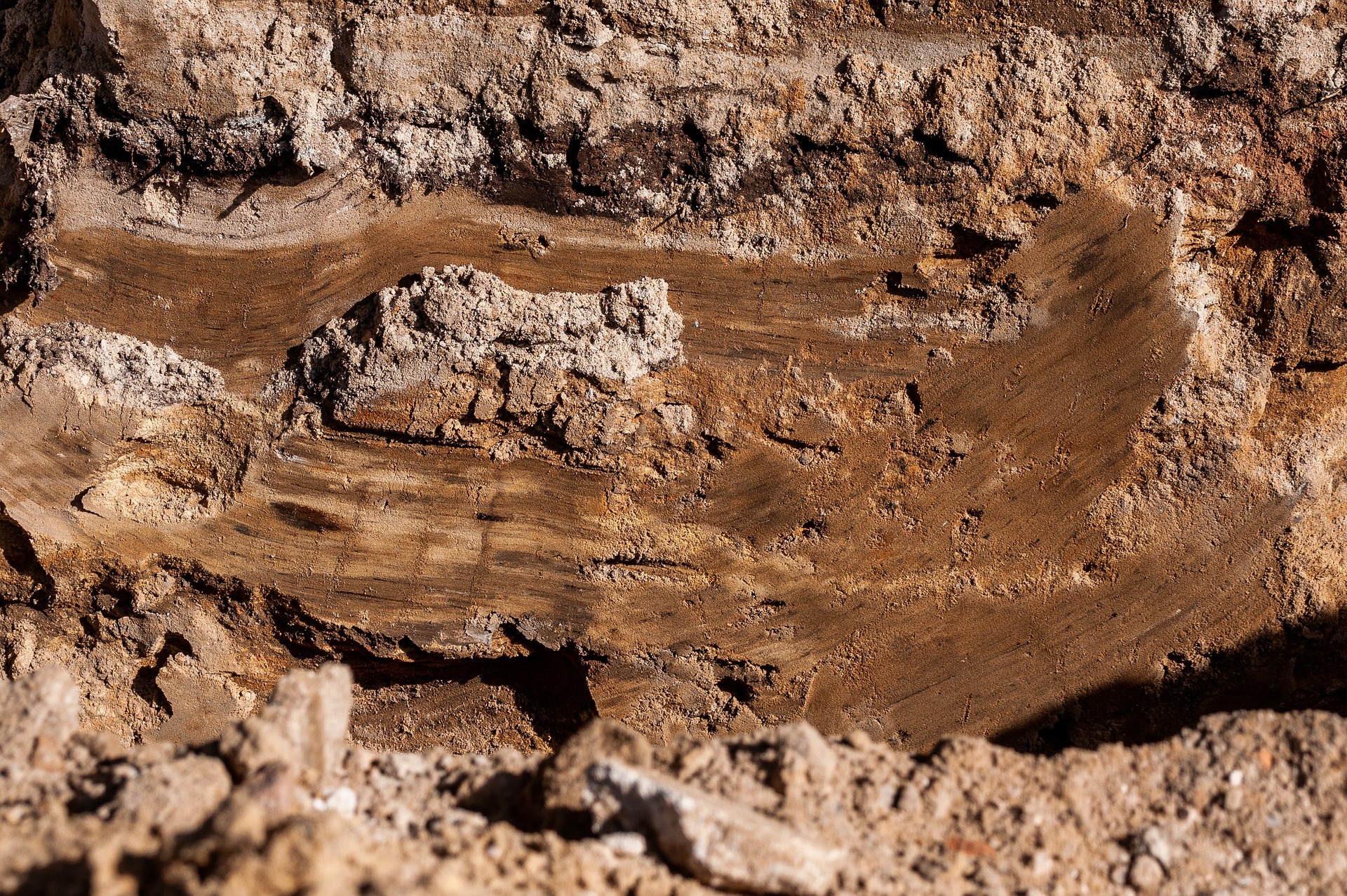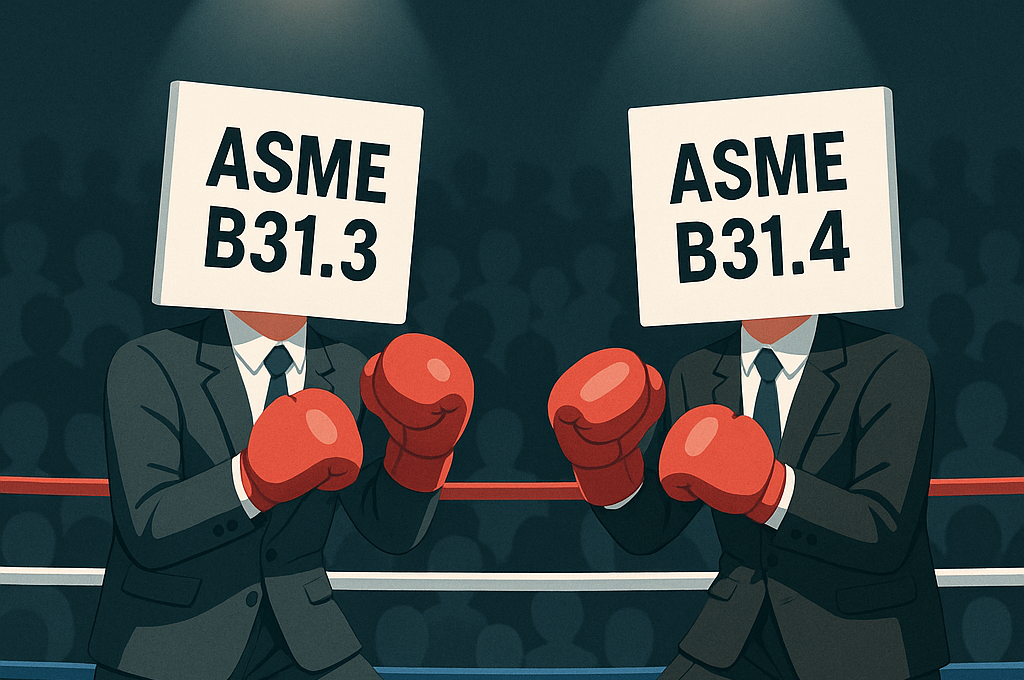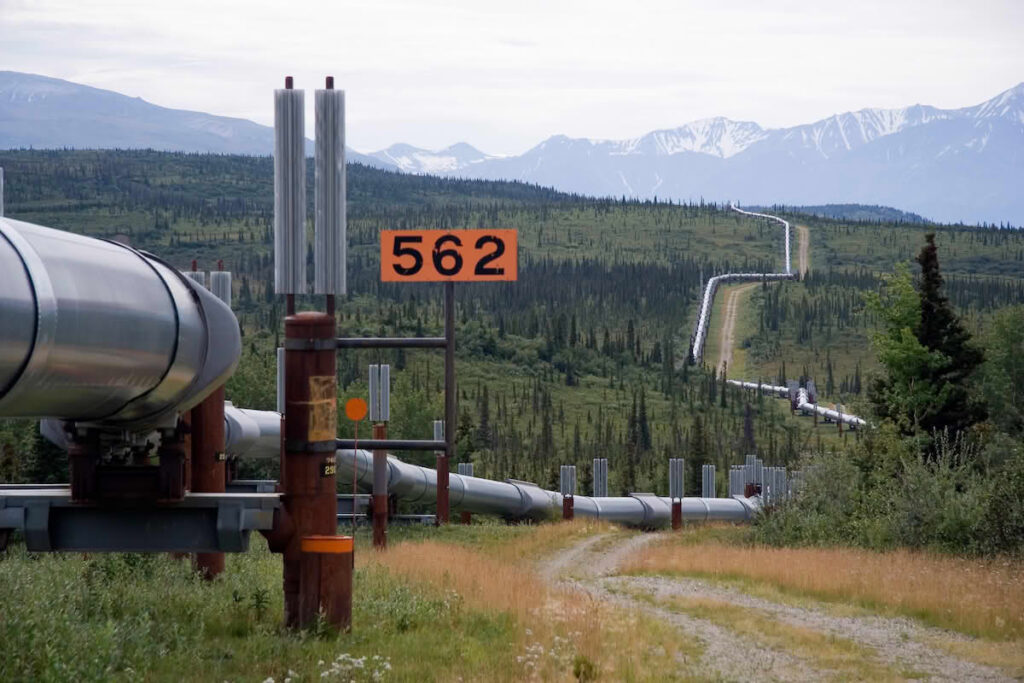The purpose of geotechnical report is to summarize available background information and, when additional fieldwork becomes available, highlight key points related to ground condition assessments, risk, and design considerations for the project. Results from these investigations will be integrated into subsequent updates of this report, potentially leading to necessary adjustments in the interpretation of ground conditions and related engineering designs and construction considerations outlined in the following sections.
The geotechnical survey will typically encompass:
- Coring and sampling for material identification, description, and subsequent laboratory testing.
- In situ testing for accurate stratification and determination of key engineering parameters.
Procedure:
- Desk Study, Walkover Survey, and Geological Mapping:
- Conduct initial research and field surveys to gather background information.
- Map geological features relevant to the proposed pipeline alignment.
- Site-Specific Geotechnical Investigation:
- Define and execute a detailed geotechnical investigation for the pipeline and associated infrastructure.
- Supervise the investigation process.
- Factual Reporting and Ground Model:
- Develop a ground model and establish representative design parameters for the infrastructure.
- Compile factual reports based on the geotechnical investigation.
- Assessment of Excavatability and Problematic Soils:
- Evaluate excavatability and assess soil reuse potential.
- Identify areas with poor ground conditions that require special measures during construction.
- Temporary Works and Backfilling:
- Specify temporary works for trench installations.
- Define backfilling procedures and long-term maintenance controls for problematic soils.
- Address potential scour or buoyancy risks.
- Determine optimal pipeline installation methods across creeks, roads, and railways.
- Foundations, Earthworks, and Risk Assessment:
- Design foundations and earthworks for pumping and pigging stations.
- Contribute to risk assessments and cost estimates.
- Engage with community forums and water customer meetings
Requirements
The spacing of soil sampling and soil testing locations along the route of the pipeline will depend on the lateral variability in ground conditions revealed by the desk study and geophysical survey phases. In selecting appropriate spacing, consideration should also be given to other project-specific factors such as:
- Trenching requirements including:
- depth of trench
- method of trenching
- trench side stability
- Method of backfilling
- Geotechnical input to pipeline engineering including:
- thermal insulation provided by trench backfill
- upheaval buckling resistance of backfill soils
- pipeline soil interface friction properties
- Surface features or obstructions for example sand waves, pockmarks, boulders or iceberg scars
- Size, purpose, location and foundation type of any seabed structures
The basic required characteristics are shown in the following table:
| Soil | Rock |
| Identification of the soil unitsIdentification of the principal and minor constituents Homogeneity Color, shape & angularity of the particles Structure (bedding, fissuring) | Identification of the rock units Weathering Homogeneity Color Bedding (Thickness and Orientation) Fracturing (Spacing and Orientation) Structure characteristics such as infilling, openness, etc. |
Report
1 Introduction
Highlights the project background, scope, field, and facilities description
2 Purpose
Mainly to define, identify scope of work, the documents to be submitted and the location for the subsurface investigation.
3 Location
Highlights the appendices that show the coordinates for investigation
4 Scope of Work
Main guidelines for the scope and what it shall contain
5 Site Work/ Field Testing
Provides requirements for soil investigation and subsurface investigation at facility plots
6 Laboratory Testing
Enlists the types of lab analysis to be done such as mechanical, chemical, Atterberg limits, Rock Core testing, etc.
7 Deliverables
Highlights the set of parameters to be obtained from pipeline route investigation and facility plots investigations
8 Schedule
Specifications for providing start and end dates schedule for each activity
9 Site Cleaning
Specifications for the environmental condition of the site such as debris disposal and removal policy
10 HSE
Guidelines to follow health, safety and environment rules and the types of activities needed to align with these rules
11 Quality Assurance
Highlights the procedure and the documents used to conduct quality assurance
12 Codes and Standards
The section provides a table to which international codes such as ASME used to draft the scope of work.
13 Schedule of Unit Rates
Tables including a column to indicate the lump sum cost of each activity intended to be executed by the contractor
14 Appendices
Include pipeline routes with bore holes’ locations, facility plots with bore holes’ locations, and drawings such as plot plans





